First Down Kentucky: Prospect Evaluating 101
The On3 Elite Series brings the best football prospects in America to Nashville, but how do we know they’re the best prospects in the country? During the opening day of the event, I spent time talking with the two men who are primarily responsible for evaluating and ranking prospects for On3, Charles Power and Cody Bellaire, to provide our readers with a little insight into how the sausage is made.
Evaluating Quarterbacks is an Imperfect Science
Mark Ennis once said that evaluating quarterbacks is like astrology for men. You see the imperfections in evaluations every year at the NFL Draft, which makes it even more challenging for folks who must project what a high school talent will do at the collegiate level. Whenever I get the chance to speak to college coaches about evaluating players, I often ask what’s the first thing they look for in quarterback play. It’s impossible to narrow it down to one specific thing.
“The starting point for us on evals is film. We watch a lot of high school film. We start with that just to get a broad assessment of the overall skill set: arm talent, movement skills, pocket feel,” said Charles Power.
“Then we dig deep on the consistency of their performance. You’re tracking production over the course of the season. Quarterback’s a position where they touch the ball every play, so you can you can kind of measure performance analytically probably more so than other positions.”
There are more data points for quarterbacks, but sometimes that data is skewed. An Air Raid quarterback probably has a higher completion percentage, but is it truly indicative of his accuracy? Evaluating the player relative to the system is a new wrinkle into handicapping, which is why playmaking can set one player apart from another.
“It’s not always a extremely clear picture, a one-to-one indicator, but generally, most of the top quarterbacks, at least guys who end up being high draft picks, are very productive in high school level, athletic at the high school level, and can make plays with their arm and legs.”
The Most Difficult Position to Evaluate
From personal experience, deciphering which offensive linemen will succeed at the next level presents a challenge. How much of their success is based purely on their size? Will they still be able to overpower opponents in college?
For Cody Bellaire, the most challenging position is actually on defense where we’ve seen the inside linebacker position take a backseat to others in the NFL Draft, but is still incredibly important for creating a stable foundation for a defense. They’re also being asked to do more by covering the field from sideline to sideline. The players who meet those athletic credentials aren’t often put into that position at the high school level.
“What most teams are doing in high school, they put their best guy on the edge and they say hey, go hunt, go hunt the quarterback. Not a lot of guys are reading, reacting, diagnosing as middle backers. It’s just not what they’re asked to do,” says Bellaire.
“It’s a skill that gets better as you rep it out more. So a lot of these guys, they’re being asked to diagnose blockers for the first time when they get to college, which is an unbelievably hard ask. It takes time to learn that position and a lot of these guys are just not doing it at the high school level as much as they used to.”
Kentucky football fans will be seeing this firsthand this fall. Newcomers Steven Soles, Antwan Smith, and redshirt freshman Grant Godfrey primarily played EDGE in high school. Now Brad White is teaching them how to play inside linebacker and the Cats need a couple of those players to develop into starters down the road.
Evaluating Tight Ends is “a Total Crapshoot”
The tight end position has evolved dramatically. It’s made it tricky to project how a high school talent may develop into a player on Sundays. Sure, there are some no-brainers like Brock Bowers, but tight ends come in so many different shapes and sizes, and some of the best didn’t even play the position in high school.
“You have also guys that were walk-ons at good colleges that were walk-ons at different positions and they transition to tight end. And you have guys that were high school quarterbacks that are playing tight end and getting drafted as Top 50 picks,” says Bellaire. “That position has become so fun because most of these guys that project to the league are awesome athletes in high school and they’re not being asked just to play tight end. It’s kind of the opposite conjuncture with linebacker, right?”
Tight ends can be asked to do so many different things on the football field. Instead of just putting your hand in the dirt and being a physical blocker who sometimes catches passes, tight ends come in so many different shapes in sizes, acting as larger pass-catchers or de facto fullbacks.
“That position is just encompassing so many different things now. As an evaluator, you drool watching guys like that because they’re fun to watch.”
The Most Impressive Highlight Reels
On3’s experts are evaluating film constantly. Every once in a while, a player truly defies all norms with out-of-this-world physical traits. During his time in Power Five scouting departments, Bellaire was floored when he watched George Pickens play high school football.
“George Pickens was bigger than everybody else, faster than everybody else, and his highlight tape showed that. He was a kid where defenses would be like, okay, there’s George. We at least have to have two guys on him. The offense is like we’re throwing George the ball, it doesn’t matter. And he’s still making plays. It’s just so fun to watch. George was a freak show.”
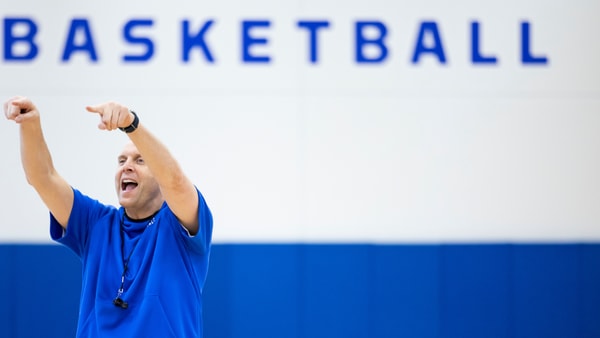

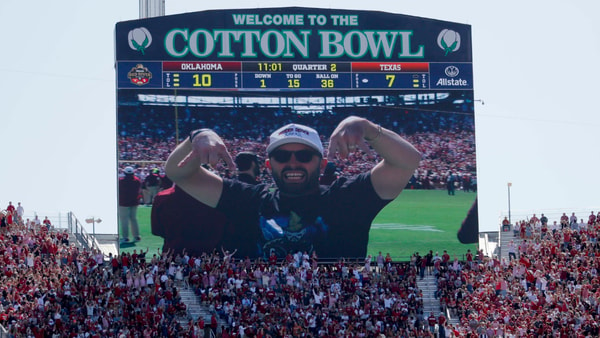
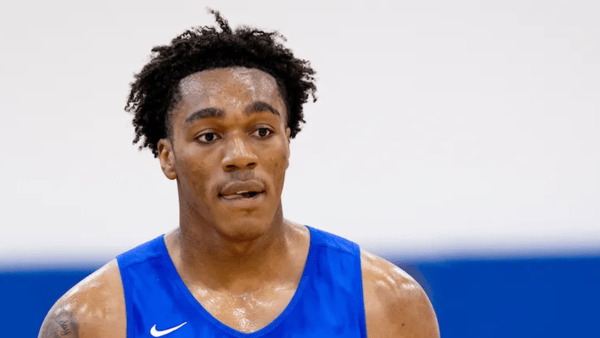
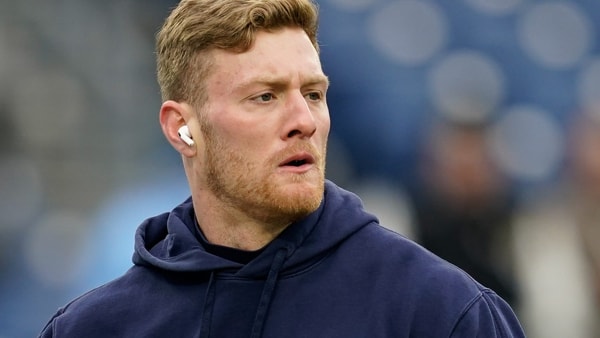
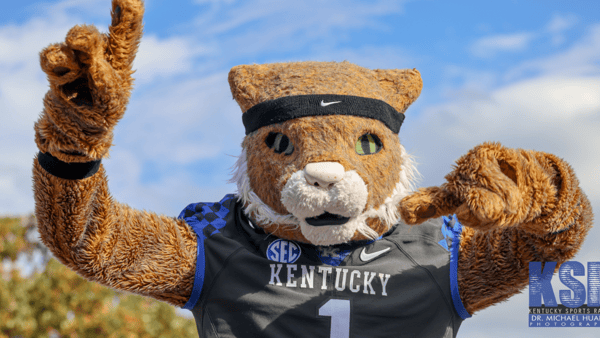
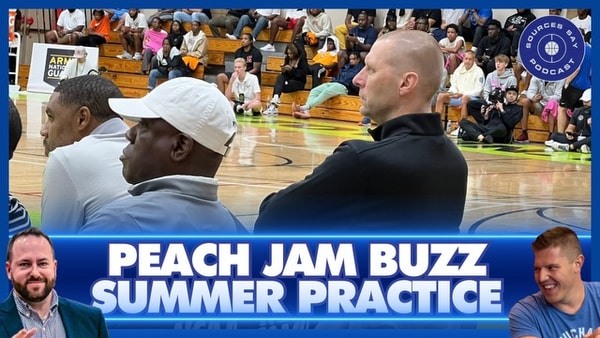
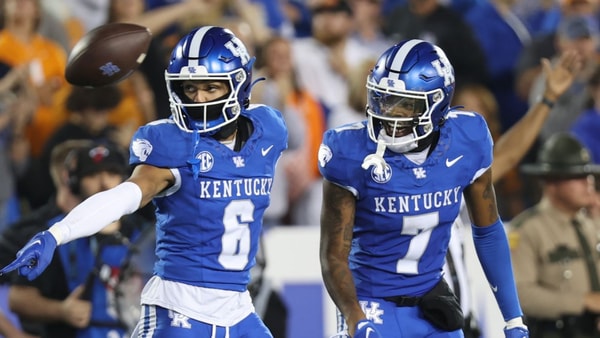
Discuss This Article
Comments have moved.
Join the conversation and talk about this article and all things Kentucky Sports in the new KSR Message Board.
KSBoard